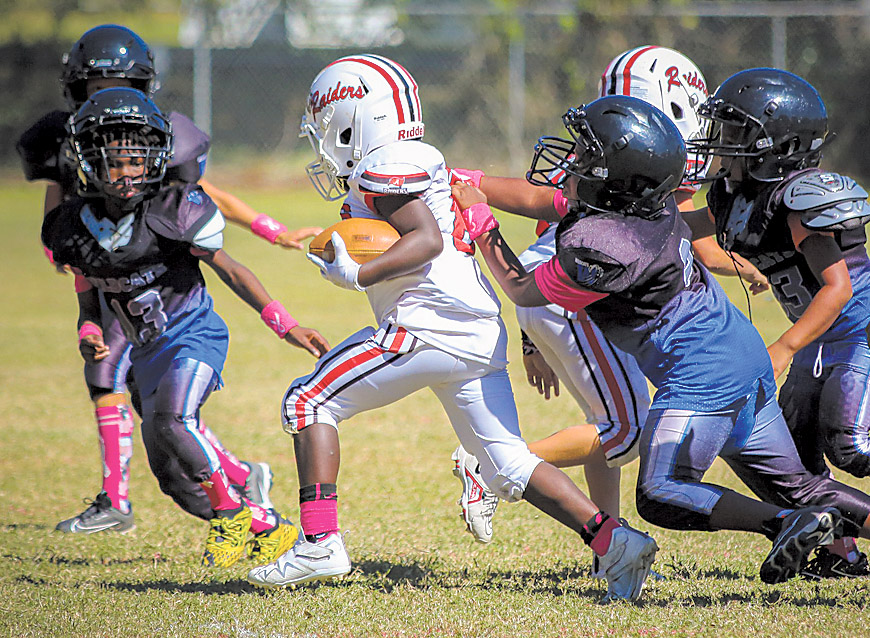TALLAHASSEE, Fla.—Today, FloridaCommerce announced the award of more than $1.5 million through the Community Planning Technical Assistance (CPTA) and Competitive Florida Partnership programs. The funding will support 26 Florida communities—including 24 small and rural communities—in developing and implementing plans to drive local economic growth. “Under Governor DeSantis’ leadership, FloridaCommerce continues to support Floridians in building strong, resilient communities,” said Florida Secretary of Commerce J. Alex Kelly. “Since 2019, FloridaCommerce has awarded more than $7.6 million through the CPTA program to over 110 communities—empowering many of Florida’s small and rural communities to advance strategic economic initiatives and strengthen their local economies for future growth.”
The CPTA grant program seeks to strengthen communities through resilient, long-term economic development strategies and promotes innovative planning solutions to protect Florida's natural resources. Similarly, the Competitive Florida Partnership program supports communities in developing plans to attract new businesses and create workforce opportunities that promote partnerships, community design and a viable economy.
The following communities will receive funding through the CPTA grant program:
The following communities will receive funding through the Competitive Florida Partnership grant program:
- Bradford County ($75,000) – to create an Economic Development Strategy, outlining objectives, tactics, resources and marketing to promote county opportunities.
- Opportunity Florida ($47,575) – to conduct an economic analysis study in the following rural counties: Calhoun, Franklin, Gadsden, Gulf, Holmes, Jackson, Liberty, Wakulla, North Walton and Washington.
- Apalachee Regional Planning Council ($74,231.82) – to complete a multi-county Strategic Sites Inventory to prepare for industrial reshoring and business recruitment in Calhoun, Gadsden and Liberty Counties.
- City of Crystal River ($75,000) – to develop a strategic and economic development plan for the city of Crystal River in Citrus County.
- City of Keystone Heights ($60,000) – to review and update the comprehensive plan for the city of Keystone Heights in Clay County.
- DeSoto County ($75,000) – to update the county plan to expand investment and tourism opportunities.
- Central Florida Regional Planning Council ($75,000) – to create the Heartland Agricultural Land Use Conversion Study to enhance planning, coordination, and resilience in the following counties: DeSoto, Hardee, Highlands, Okeechobee and Polk.
- Town of Cross City ($75,000) – to update land development regulations and zoning atlas for the town of Cross City in Dixie County.
- Town of Horseshoe Beach ($75,000) – to implement Phase II of the Recovery and Resilience Plan, focusing on drainage, housing, and capital projects in Dixie County.
- Gadsden County ($75,000) – to develop a Strategic Sites Inventory to identify and prepare sites for industrial and manufacturing growth.
- Glades County ($55,000) – to update land development regulations and create fact sheets, checklists, and revised applications.
- Hardee County ($60,000) – to create a Mass Casualty Incident and Reunification Plan to strengthen emergency medical response.
- Town of Sneads ($45,000) – to support the development of a downtown revitalization and development plan for the Sneads "Old Downtown" area in Jackson County.
- City of Clermont ($50,000) – to update the city plan to guide infrastructure, economic development and tourism strategies for the city of Clermont in Lake County.
- City of Cedar Key ($75,000) – to advance shoreline and infrastructure protection strategies for the city of Cedar Key in Levy County.
- Town of Greenville ($48,500) – to conduct a housing analysis and update economic and comprehensive plans for the town of Greenville in Madison County.
- Village of Indiantown ($74,275) – to finalize the inaugural plan and add an economic development element for the village of Indiantown in Martin County.
- City of Crestview ($50,000) – to develop a Strategic Economic and Development Plan to assess workforce, land-use assets, and branding, with clear goals and implementation steps for the city of Crestview in Okaloosa County.
- Okeechobee County ($40,400) – to update the land development code.
- Town of Loxahatchee Groves ($75,000) – to develop a comprehensive strategy for growth and resilience for the town of Loxahatchee in Palm Beach County.
- Town of Kenneth City ($40,000) – to create an economic development strategy to strengthen commercial corridors and small businesses for the town of Kenneth City in Pinellas County.
- City of Fort Meade ($45,000) – to update the Community Redevelopment Plan to assess progress and set future priorities for the city of Fort Meade in Polk County.
- City of Palatka ($75,000) – to advance the Gateway Redevelopment Plan for the former Port Consolidated site, ensuring sustainable reuse for the city of Palatka in Putnam County.
- Taylor County ($75,000) – to create an Economic Development Strategic Plan.
- Franklin County ($32,930) – to develop a comprehensive economic development strategy aimed to strengthen the local economy, reduce retail leakage and increase job creation in the commercial sector.
- Hardee County ($32,930) – to develop a master plan for the county’s Government Center and Resiliency Hub, a facility that will provide support during emergencies, acting as a central point of contact for accessing services, building community, and preparing for and recovering from disruptions.
# # #
email editor@
alachuatoday.com
FloridaCommerce Awards $1.5 Million to 26 Florida Communities to Foster Local Economic Growth
Tools
Typography
- Font Size
- Default
- Reading Mode



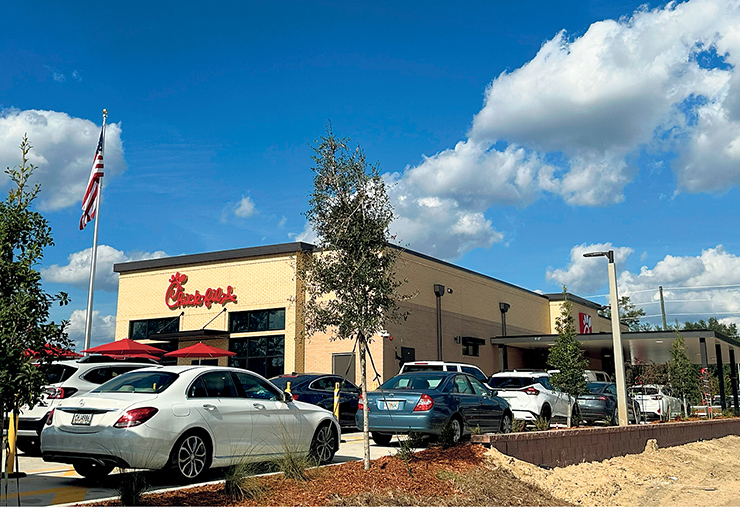
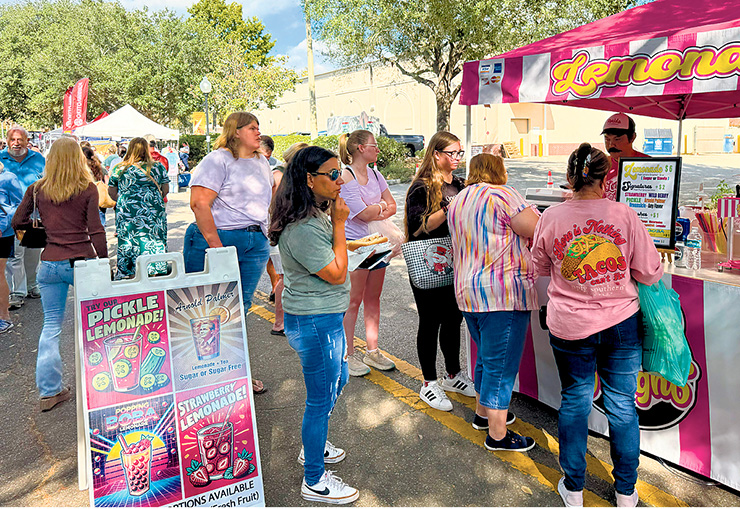
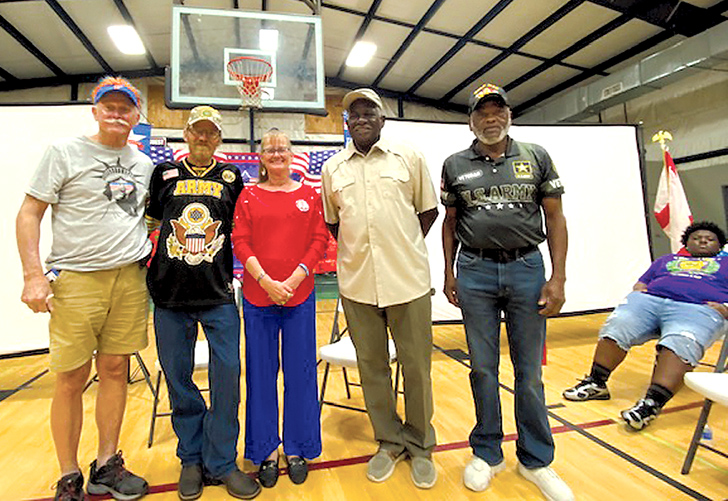
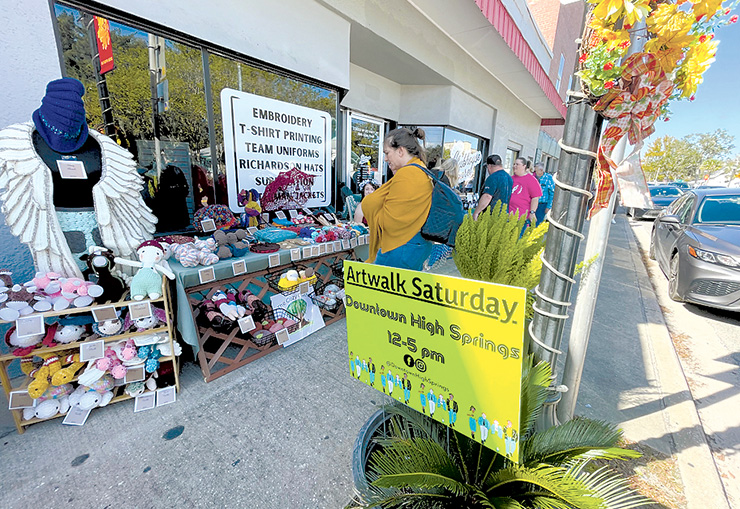
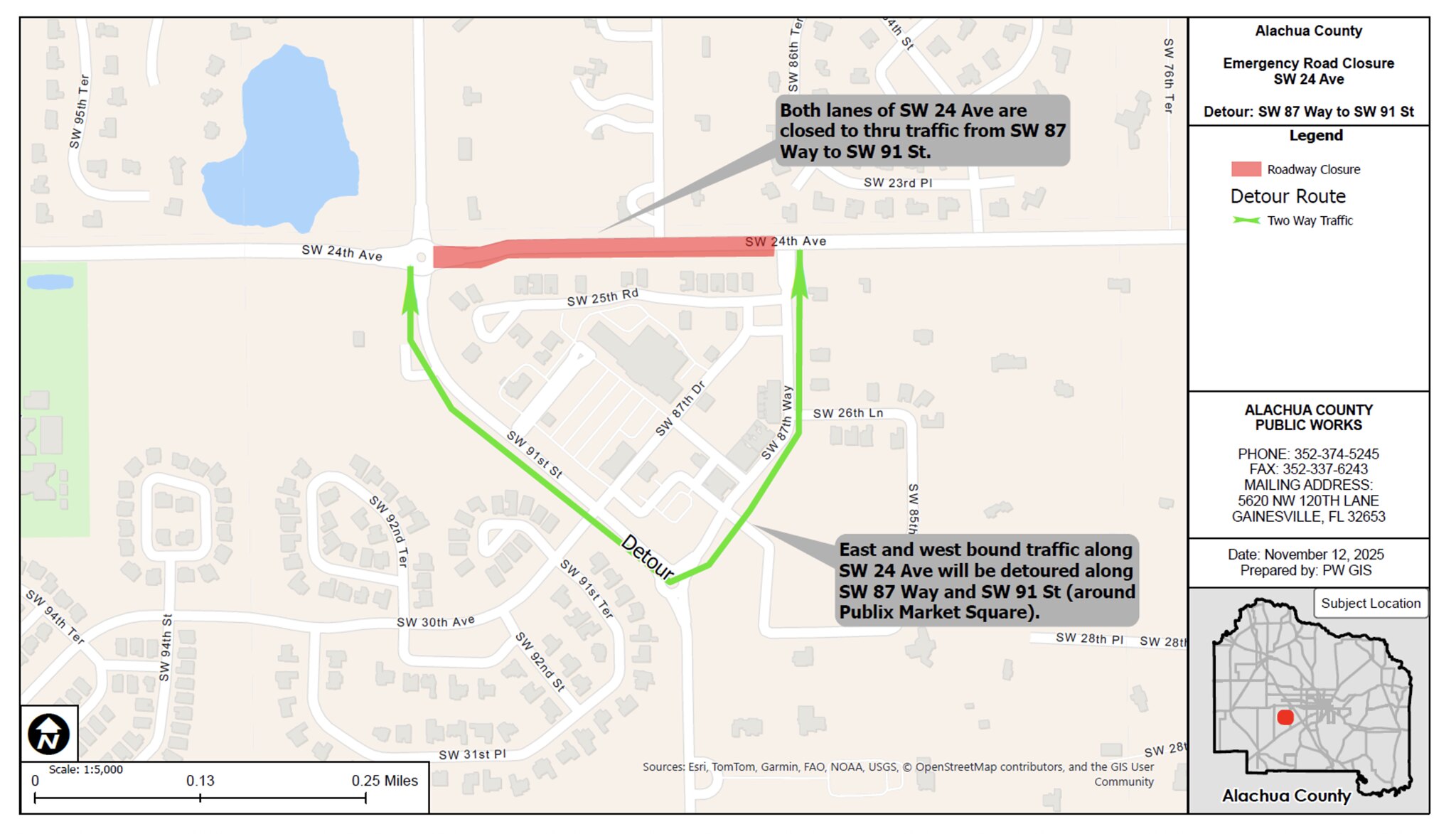
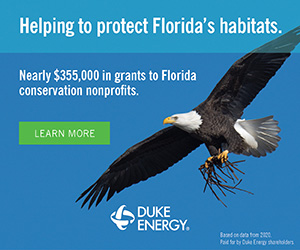


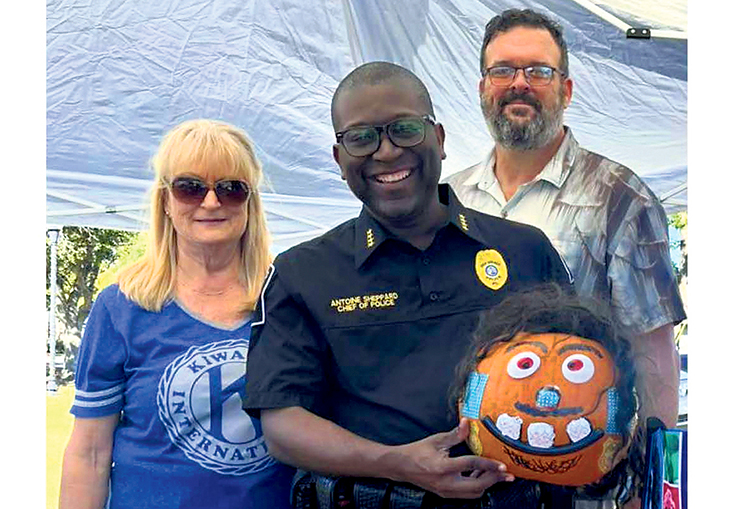



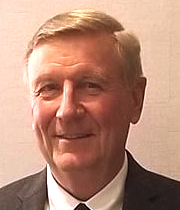 Everyone taking prescription medications should be aware of essential safety practices. Here are six tips to help ensure you are taking your medicine correctly and safely:
Everyone taking prescription medications should be aware of essential safety practices. Here are six tips to help ensure you are taking your medicine correctly and safely:

